Recently I celebrated 20 years at Dulux and I started to think about things that have changed in the paint world in that time. One change has been the trend towards lower gloss levels. When I first joined the industry we mainly sold exterior paints in a gloss finish. Over time NZ has moved to preferring a semi-gloss to a low sheen finish on the outside of buildings. Different exterior substrates have contributed to this move, but fashion has also played a part.
Gloss/sheen levels are measured in the paint laboratory by applying a smooth, even, standard thickness coating onto a glass panel and drying at specified conditions. The gloss level is then measured at various angles with 60 and 85 degree being commonly quoted. 60 degree can be thought of as how your wall might look as you’re walking past, while 85 degree is the view when glancing directly along a wall. The higher the number, the glossier the surface.
In NZ most companies follow the following naming conventions (AS/NZS 2310)
Specular direction 60 Degrees:
| Full Gloss | >85 gloss units |
| Gloss | 50 - 80 gloss units |
| Semi-gloss (satin) | 20 - 50 gloss units |
| Low-gloss (low sheen) | 5 - 20 gloss units |
| Flat (matt) | <5 gloss units |
Some imported products may use the term “eggshell” and this is generally viewed as a higher sheen than low sheen but not as glossy as a semi-gloss.
New Zealanders seem to be also preferring to use paints of lower sheen inside, and extending the use of them throughout their houses. Lower sheen level paints have a lower level of binder/resin and higher levels of clay/flattening pigments which historically has meant less durability. Paint technology has improved the performance of lower sheens and we now have flat/matt sheen level paints that perform very well to the point that bathrooms and kitchens, can be confidently painted in low sheen finishes.
Even the interior areas previously painted with gloss paints like doors, window frames, and scotia are now commonly painted in a semi-gloss.
Of course, the visual gloss of a paint on a surface will not be the same as on a glass panel dried in a laboratory, so the numbers above and those on product labels and data sheets are approximate only. Substrate porosity, undercoat used and drying conditions can affect the finished sheen level.
Our job as paint chemists is to make all of these products perform to high standards so design professionals have the freedom to choose the appearance they want without compromising performance.









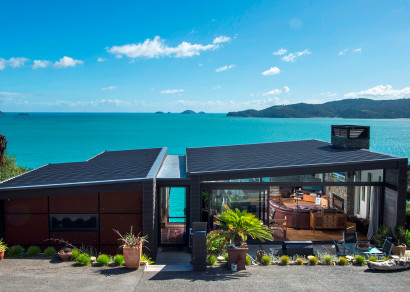



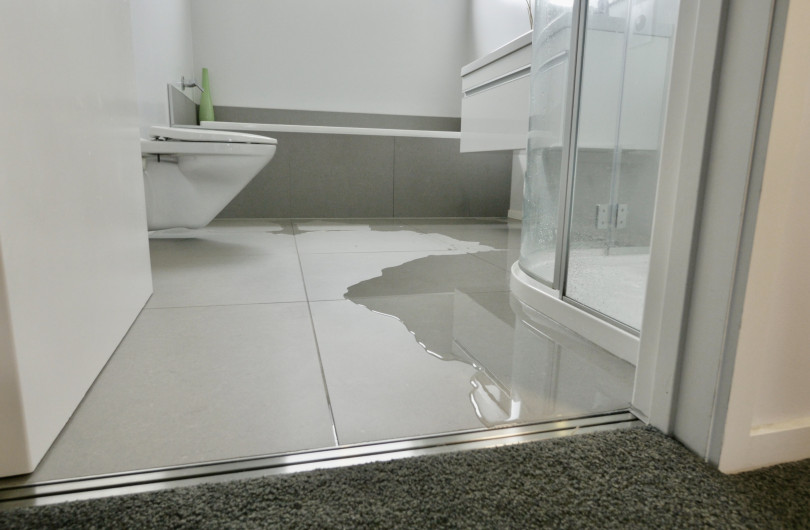
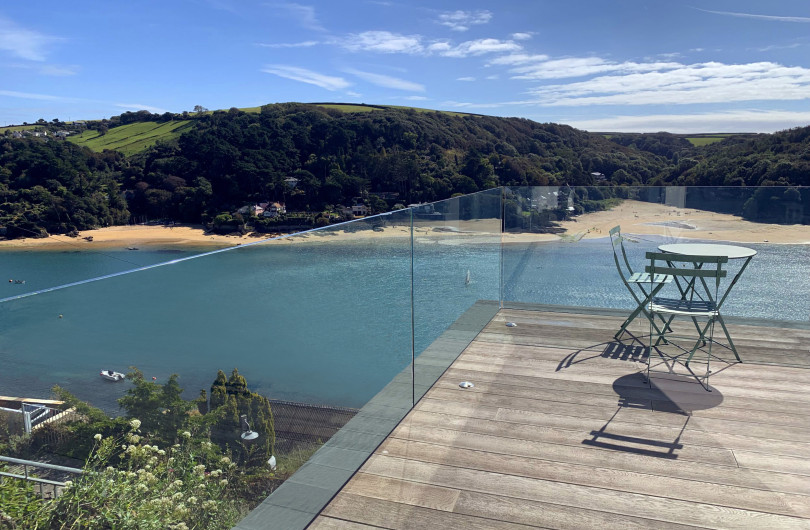

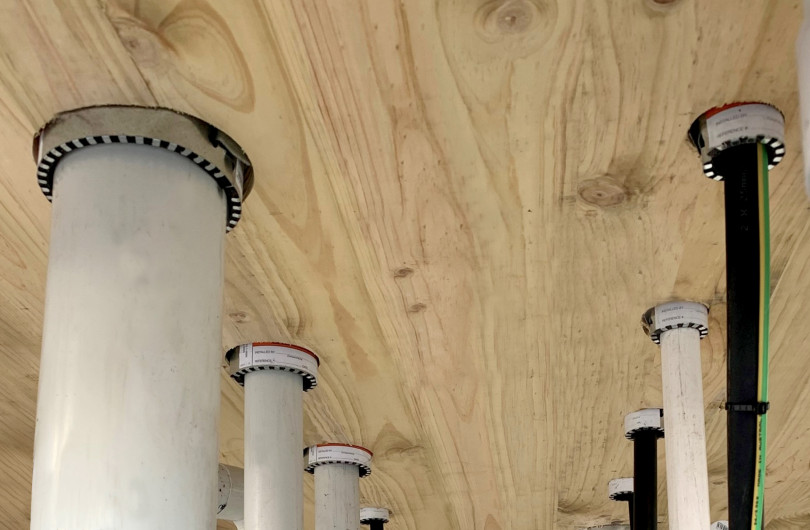

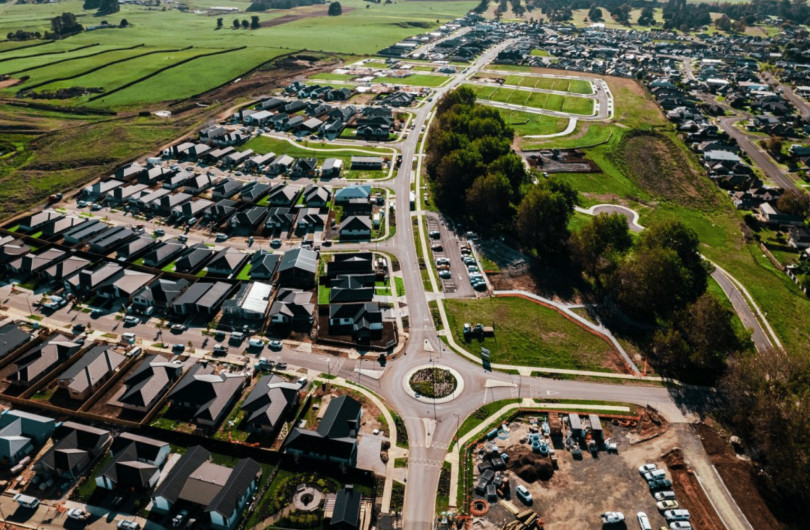

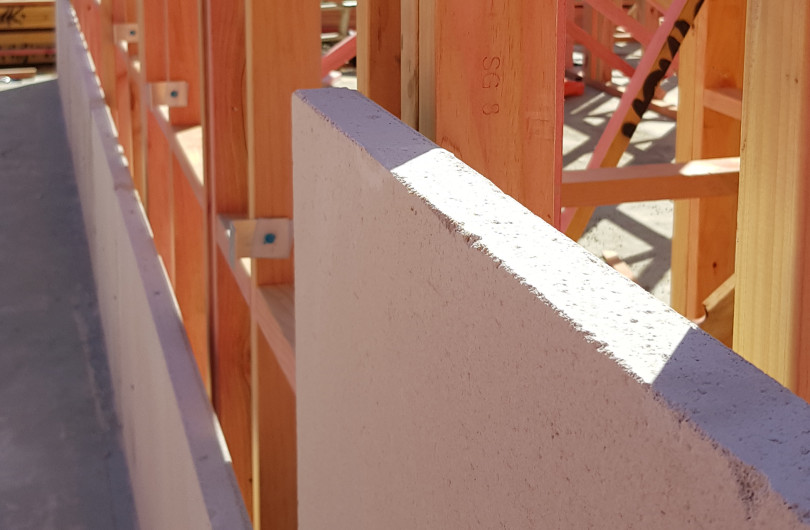



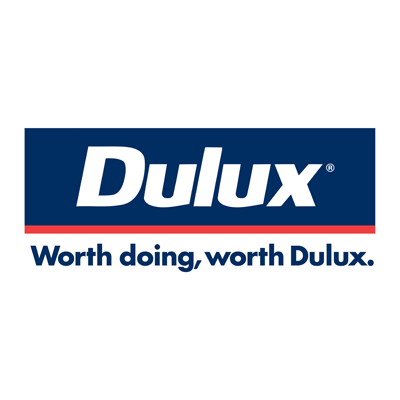
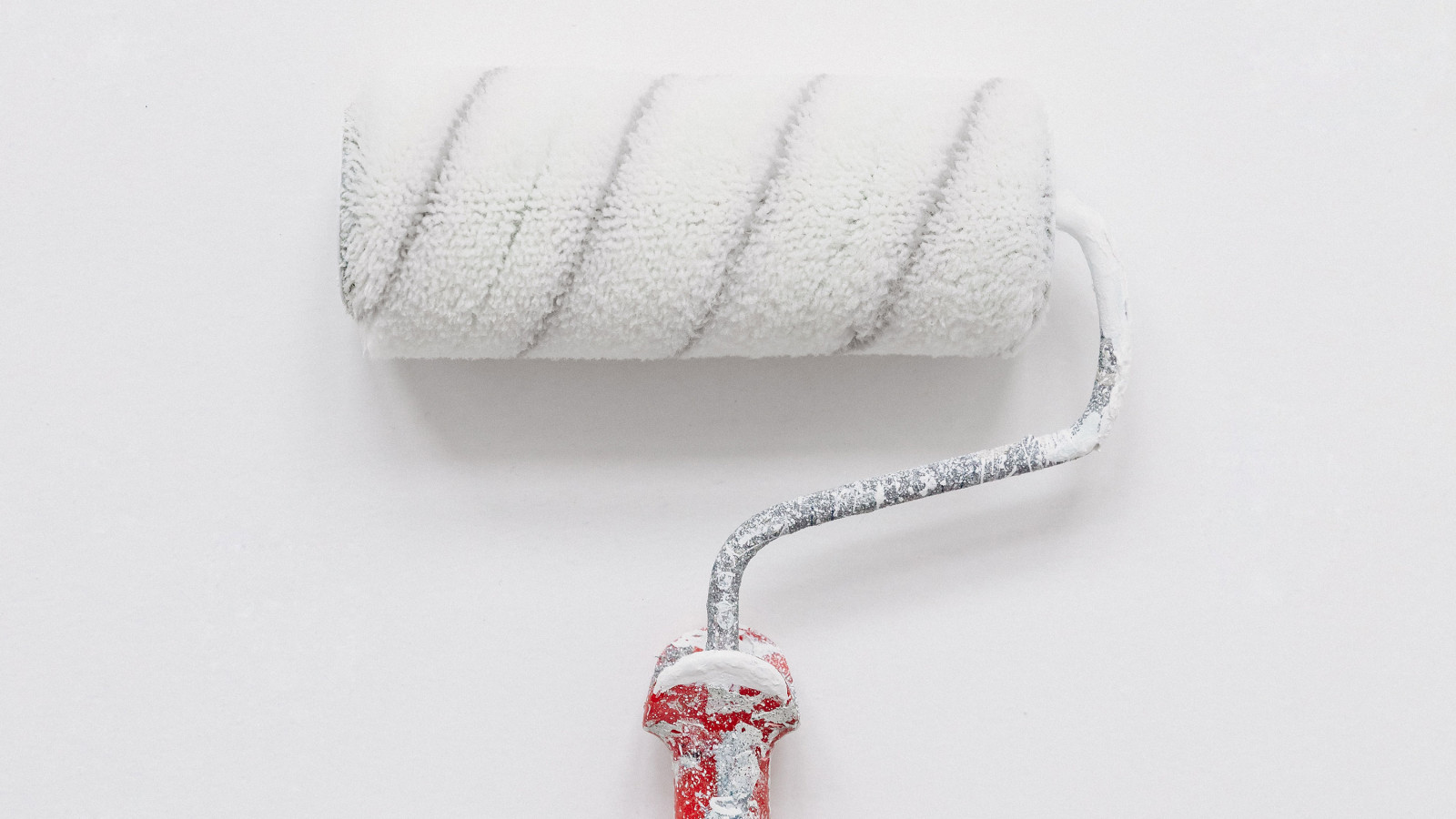



 Most Popular
Most Popular Popular Products
Popular Products



